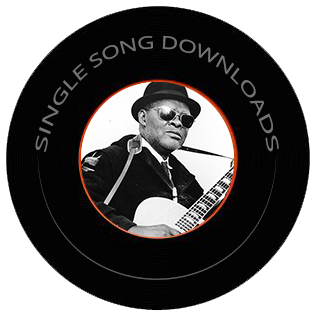
Can't Be Satisfied
Level: 3
Tuning: Standard
This is a brilliant example of Rev. Davis' unique A blues style. If you hear anybody else playing these runs, for instance Blind Boy Fuller or Brownie McGee, you can be sure that the Rev. taught them.
The same sorts of runs appear in other famous blues such as Mountain Jack recorded in the thirties and Seven Sisters. They form the backbone of Twelve Gates. These blues are wickedly improvised around a handful of stock phrases. They use the whole fret board to sing clarion trumpet calls. He uses every rhythmic variation in the book, seamlessly throwing in triplets and double timing perfectly as the progression rolls along.
It starts with a high call in the D/C form A on the 8th fret, works it's way down the neck through the A form D, back up to the D form and finally down to the famous 1st position A run that forms the heart of these songs. He slides up from the 1st to the second frets on the D, G, and B strings, hits the open high E and rolls down on the bases by pulling off the 1st fret, D string to the major 3rd, 4th fret A string, resolving on the middle A note, 2nd fret G string. The chromatic base runs he peppers throughout are the same ones he got down so pat from early on, that we can hear in his thirties recordings.
This whole style of A blues is full-blown from the start and, as I said, unique to Rev Davis. Every key, genre, regional style, it seems, he wholly made over into something deeply original. At the same time he shows a deep mastery of those very traditions he transforms.
